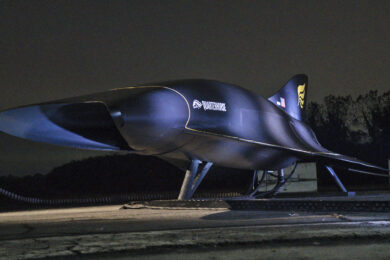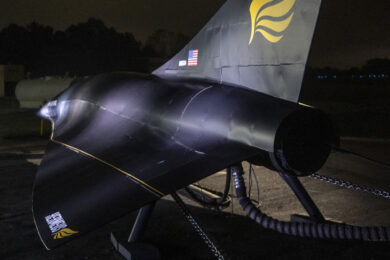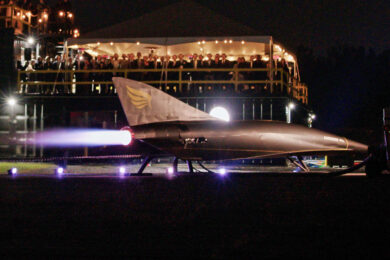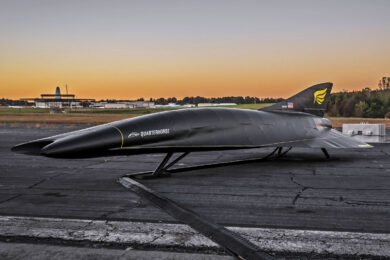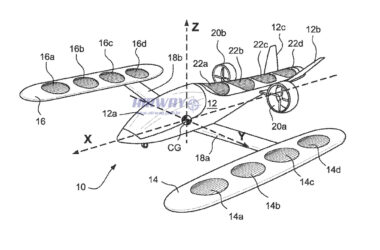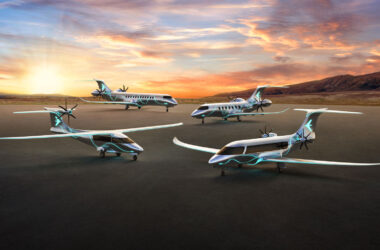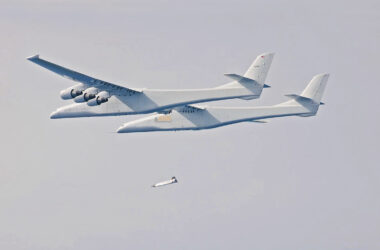The race to make new super-fast passenger jets viable has had another chapter this week in the US. Start-up Hermeus presented the first prototype of its aircraft named “Quarterhorse”, an analogy to Quarter Horses, known for their speed.
The unmanned jet will be able to fly not at supersonic but at hypersonic speeds. Hermeus’ goal is to achieve Mach 5, or about 3,000 miles per hour.
The company’s founders imagine that the series production model will hit the market by the end of the decade, making real the possibility of traveling between New York and London in just 90 minutes – compared to 7 hours today.
To add more emotion to the presentation of the Quarterhorse, the startup activated the afterburner of the J85 engine, a turbojet well known for equipping the F-5 Tiger II fighter.
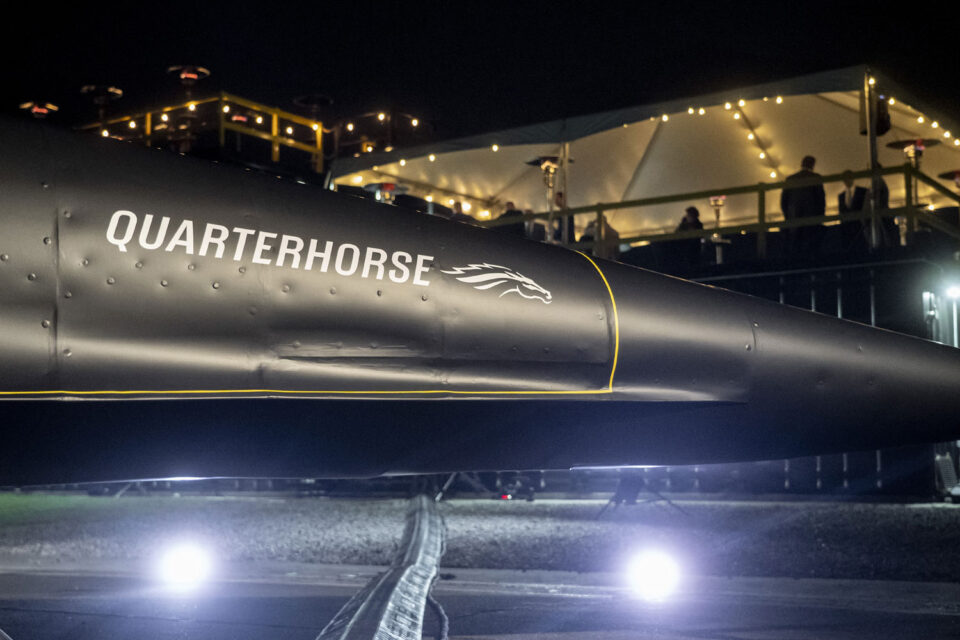
However, the plane unveiled this week is just a static prototype, which was built in just four months to test manufacturing processes. Still, Hermeus wants to fly a first jet in 2022, but has yet to provide details about the plans.
To obtain such high speed, the manufacturer will use a technology called TBCC (Turbine-Based Combined Cycle), which means combining a common turbojet engine with a Ramjet or Scramjet.
US Air Force support
This is the great challenge of hypersonic aircraft, since it is necessary to have the ability to propel at low speeds and altitude, but also at high altitude in order to reach Mach 5. Until today, the few high-speed projects are carried on board conventional aircraft. and launched from the air.
With the TBCC, the turbojet engine will play the role of taking the aircraft off the ground while the Scramjet will be in charge of the cruise flight at high speeds.
This type of engine does not work on the ground as it does not have moving parts such as fans or compressors, since at high altitudes the displacement far above the speed of sound provides heating and air compression.
Despite having been created recently, Hermeus is already supported by the US Air Force, which has invested $60 million in the project this year.
“Less than three years ago, this felt almost impossible. And it’s gone from almost impossible, to possible, to probable today, and hopefully soon, real flight,” said Vinod Khosla, a billionaire who co-founded Sun Microsysyems and is behind the new start-up.
“When an aerospace company typically unveils a new aircraft it’s nothing more than Styrofoam and fiberglass,” said Skyler Shuford, Hermeus COO. “But at Hermeus, we drive to integrated products. And we really, really like to make fire.”


